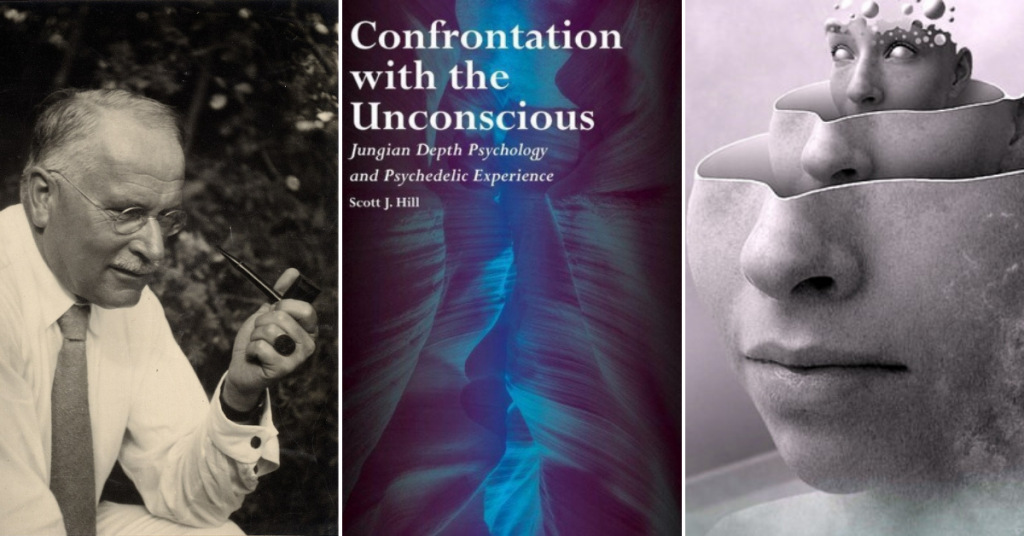A proposal to evaluate mechanistic efficacy of hallucinogens in addiction treatment
Abstract
Current treatments for addiction are frequently ineffective. Hallucinogenic therapy has been indicated as helpful for a range of substance use disorders, yet this approach remains understudied and publicly unavailable. It is nonetheless a promising treatment, which has significant, long-term beneficial effects with single doses and a profile characterized by general safety, low toxicity, and non-addictiveness. However, pharmacological interventions, such as hallucinogens, should not be offered if the same effects (e.g. psychological insights/mystical experiences) and outcomes (e.g. decreased drug use) could be achieved absent pharmacological intervention. To date, there have been no clinical comparisons of drug-induced altered states with non-drug-induced states for addiction treatment. We propose and then outline a clinical trial to address this gap in knowledge. The proposed design would evaluate abstinence outcomes in a population of prescription opioid abusers after exposure to one of three conditions: a drug-induced altered state using psilocybin, a non-drug-induced altered state via hyperventilation (Holotropic Breathwork), and an active placebo with niacin. The outcomes of such a study would reveal important differences in therapeutic potential by discriminating hallucinogen-dependent effects from those psychological effects resulting from altered states.
Burdick, B. V., & Adinoff, B. (2013). A proposal to evaluate mechanistic efficacy of hallucinogens in addiction treatment. The American Journal of Drug and Alcohol Abuse, 39(5), 291-297. http://dx.doi.org/10.3109/00952990.2013.811513
Link to full text
A proposal to evaluate mechanistic efficacy of hallucinogens in addiction treatment Read More »


 Carl Gustav Jung pioneered the transformative potential of the deep unconscious. Psychedelic substances provide direct and powerful access to this inner world. How, then, might Jungian psychology help us to better understand the nature of psychedelic experiences? And how might psychedelics assist the movement toward psychological transformation described by Jung?
Carl Gustav Jung pioneered the transformative potential of the deep unconscious. Psychedelic substances provide direct and powerful access to this inner world. How, then, might Jungian psychology help us to better understand the nature of psychedelic experiences? And how might psychedelics assist the movement toward psychological transformation described by Jung?
 Drawing on two years of ethnographic field research among the Navajos, this book explores a controversial Native American ritual and healthcare practice: ceremonial consumption of the psychedelic Peyote cactus in the context of an indigenous postcolonial healing movement called the Native American Church (NAC), which arose in the 19th century in response to the creation of the reservations system and increasing societal ills, including alcoholism. The movement is the locus of cultural conflict with a long history in North America, and stirs very strong and often opposed emotions and moral interpretations. Joseph Calabrese describes the Peyote Ceremony as it is used in family contexts and federally funded clinical programs for Native American patients. He uses an interdisciplinary methodology that he calls clinical ethnography: an approach to research that involves clinically informed and self-reflective immersion in local worlds of suffering, healing, and normality. Calabrese combined immersive fieldwork among NAC members in their communities with a year of clinical work at a Navajo-run treatment program for adolescents with severe substance abuse and associated mental health problems. There he had the unique opportunity to provide conventional therapeutic intervention alongside Native American therapists who were treating the very problems that the NAC often addresses through ritual. Calabrese argues that if people respond better to clinical interventions that are relevant to their society’s unique cultural adaptations and ideologies (as seems to be the case with the NAC), then preventing ethnic minorities from accessing traditional ritual forms of healing may actually constitute a human rights violation.
Drawing on two years of ethnographic field research among the Navajos, this book explores a controversial Native American ritual and healthcare practice: ceremonial consumption of the psychedelic Peyote cactus in the context of an indigenous postcolonial healing movement called the Native American Church (NAC), which arose in the 19th century in response to the creation of the reservations system and increasing societal ills, including alcoholism. The movement is the locus of cultural conflict with a long history in North America, and stirs very strong and often opposed emotions and moral interpretations. Joseph Calabrese describes the Peyote Ceremony as it is used in family contexts and federally funded clinical programs for Native American patients. He uses an interdisciplinary methodology that he calls clinical ethnography: an approach to research that involves clinically informed and self-reflective immersion in local worlds of suffering, healing, and normality. Calabrese combined immersive fieldwork among NAC members in their communities with a year of clinical work at a Navajo-run treatment program for adolescents with severe substance abuse and associated mental health problems. There he had the unique opportunity to provide conventional therapeutic intervention alongside Native American therapists who were treating the very problems that the NAC often addresses through ritual. Calabrese argues that if people respond better to clinical interventions that are relevant to their society’s unique cultural adaptations and ideologies (as seems to be the case with the NAC), then preventing ethnic minorities from accessing traditional ritual forms of healing may actually constitute a human rights violation.